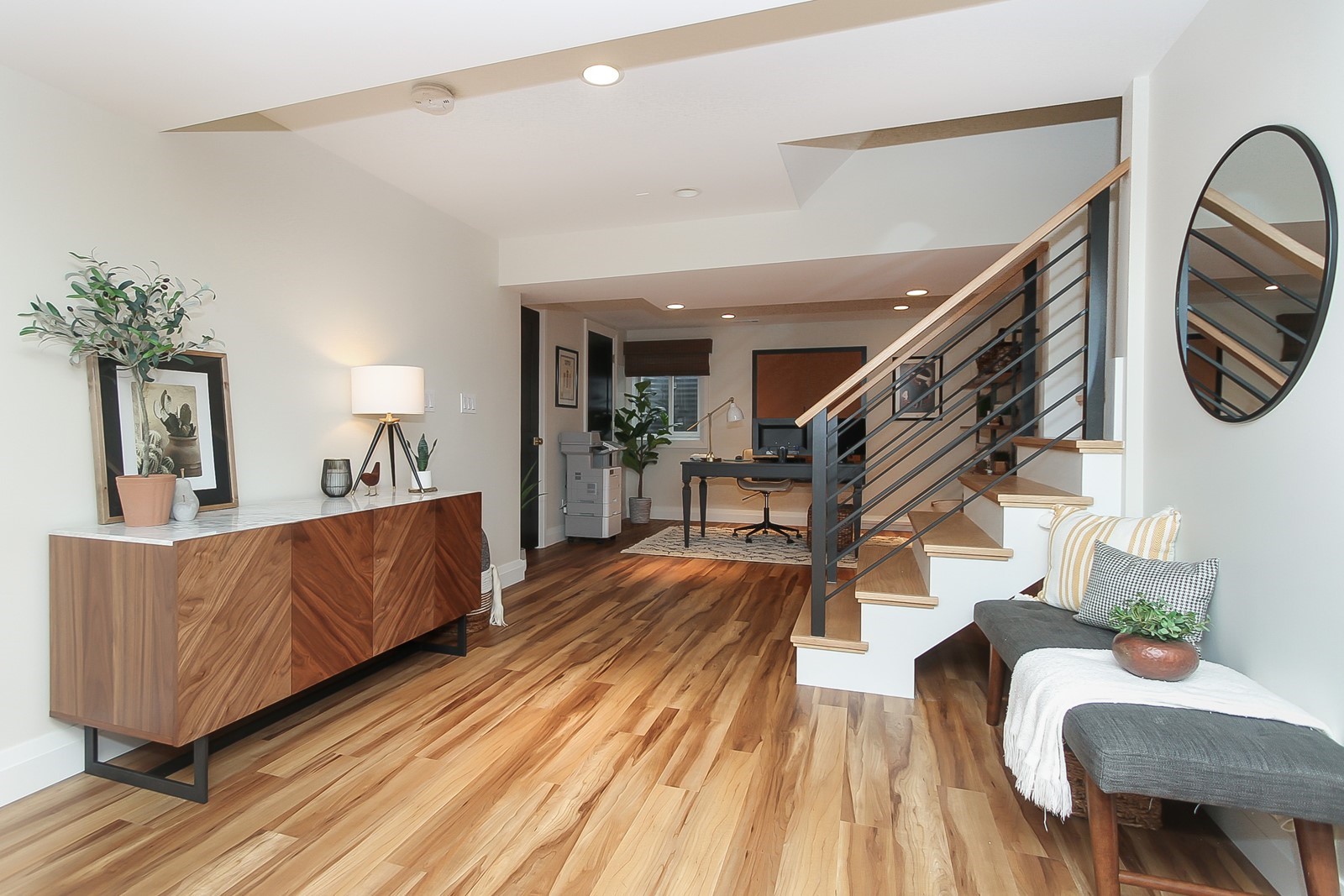Welcome to your go-to guide for bi-level home interior decorating! Bi-level homes, also known as split-level homes, present unique challenges and opportunities when it comes to decorating. These homes often have two or more levels, which can create dynamic spaces but also some confusion in layout and design. In this article, we’ll explore effective strategies, personal experiences, and tips to help you transform your bi-level home into a stylish and functional sanctuary.
Understanding Bi-Level Homes
Before diving into decorating tips, let’s take a moment to understand what a bi-level home is. Typically, these homes are characterized by a main floor at ground level, with stairs leading up and down to additional living spaces. This design can create distinct areas within your home, making it essential to harmonize the decor across different levels.
Key Features of Bi-Level Homes
- Two levels with open floor plans
- Split entryways
- Varied ceiling heights
- Potential for multiple living spaces
Why Choose Bi-Level Home Interior Decorating?
Bi-level homes offer a unique opportunity to showcase your style while maximizing space. With careful planning, you can create a cohesive look that enhances the functionality of your home.
Pros and Cons of Bi-Level Homes
| Pros | Cons |
|---|---|
| Distinct spaces for different activities | Potential for disconnected flow between levels |
| Creative decorating opportunities with varied ceilings | Stairs may limit accessibility for some |
| Often more affordable than single-story homes | Can feel isolated if not designed well |
Creating a Cohesive Design Across Levels
One of the biggest challenges in bi-level decorating is maintaining a unified theme. Here are some strategies to ensure a seamless flow between levels:

1. Color Palette Consistency
Choose a color palette that extends across both levels. Soft, neutral shades or complementary colors can help tie different areas together. Here’s a quick guideline:
Popular Color Schemes for Bi-Level Homes
- Soft Gray with Pastel Accents
- Earthy Tones for a Natural Vibe
- Classic Black and White with Bold Accessories
2. Repeating Elements
Introduce key decor elements that repeat on each level. This could be similar artwork, lighting fixtures, or furniture styles to promote visual unity.

3. Use of Area Rugs
Area rugs can define spaces, especially in open floor plans. Use rugs in coordinating colors and patterns to create distinct yet connected areas across your home.
Maximizing Space in Your Bi-Level Home
Bi-level homes can sometimes feel cramped due to the vertical design, but with smart decorating, you can make the most of your space.

Smart Furniture Choices
Opt for furniture that serves multiple purposes, such as:
- Sofa Beds: Great for accommodating guests while saving space.
- Ottomans with Storage: Perfect for keeping clutter at bay.
- Wall-Mounted Desks: Ideal for small home offices.
Vertical Storage Solutions
Utilize vertical space by adding shelves and cabinets that draw the eye upward. This not only maximizes storage but also makes ceilings feel higher.

Room-Specific Decor Tips
Living Room
The living room is often the focal point of bi-level homes. Here are some tips:
- Consider a sectional sofa to define the space.
- Add a large piece of art or a gallery wall to create visual interest.
- Incorporate layered lighting—overhead fixtures complemented by lamps.
Kitchen/Dining Area
In bi-level homes, kitchens can be on a different level than dining rooms. Here’s how to connect these areas:
- Use a consistent countertop color to link spaces.
- Incorporate open shelving in the kitchen for easy access and visual appeal.
- Add a dining table that complements the kitchen style.

Bedrooms
Designing bedrooms in bi-level homes allows for creativity:
- Use calming colors to promote relaxation.
- Incorporate built-in storage solutions to maximize floor space.
- Use mirrors to enhance light and make the room feel larger.
Seasonal Decorating Ideas
Keep your bi-level home fresh by updating decor with the seasons. Here are some ideas:

Spring Refresh
Introduce pastel colors and floral accents. Consider lightweight curtains for a breezy feel.
Summer Vibes
Incorporate vibrant colors and outdoor plants. Bright throws and cushions can liven up seating areas.
Autumn Aesthetics
Use warm, earthy tones and add decorative pumpkins or gourds to your decor.
Winter Warmth
Add cozy textures with rich throws and layer lighting for a warm ambiance.
FAQs About Bi-Level Home Interior Decorating
What are the best color schemes for bi-level homes?
Soft neutrals paired with bold accents work well. Consider complementary colors that extend across the levels.
How can I improve the flow between two levels?
Use consistent decor elements and color palettes to create a cohesive look. Area rugs can also help define and connect spaces.
What types of furniture work best in bi-level homes?
Choose multi-functional furniture, such as sofa beds or storage ottomans, to maximize space.
How can I make small rooms feel larger?
Incorporate mirrors, vertical storage, and a light color palette to create an illusion of space.
Conclusion
Decorating a bi-level home can be an exciting endeavor that allows you to express your creativity and functional needs. With thoughtful planning, consistent design elements, and a keen eye for maximizing space, you can create a comfortable and stylish home. Embrace the unique dimensions of your bi-level home and let your personality shine through in every room!